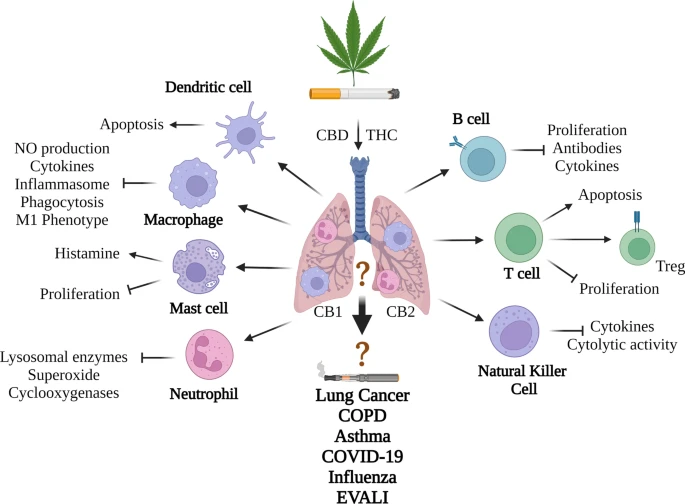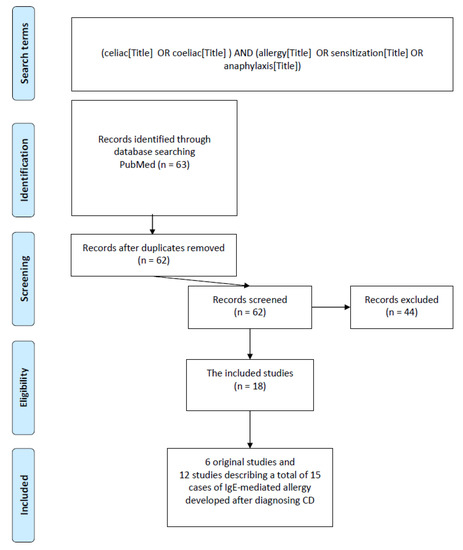Zuberbier T, Beck LA, Bedbrook A, de Bruin-Weller M, Bousquet J, Cork M, Douladiris N, Katoh N, Mortz CG, Werfel T, Wojciech F, Wollenberg A, Siemens K, Stevanovic K, Worm M; AD-ICPs Working Group. Clin Transl Allergy. 2023 Mar;13(3):e12236. doi: 10.1002/clt2.12236.
Abstract
Background
GA2LEN-ADCARE is a branch of the largest multidisciplinary network of research centres and clinical care in allergy and asthma, GA2LEN, focussing on the field of atopic dermatitis (AD). AD is a chronic inflammatory skin disease with high burden and many comorbidities requiring different levels of treatment. The need for aligned information from all involved healthcare providers led to the discussion of an integrated care pathway (ICP) plan for AD patient care involving all stakeholders and considering the complexity and variability of the disease, with a particular focus placed on the large number of patients with milder forms of AD.
Methods
The GA2LEN ADCARE network and all stakeholders, abbreviated the AD-ICPs working group, were involved in the discussion and preparation of the AD-ICPs during a series of subgroup workshops and meetings in years 2020 and 2021.









